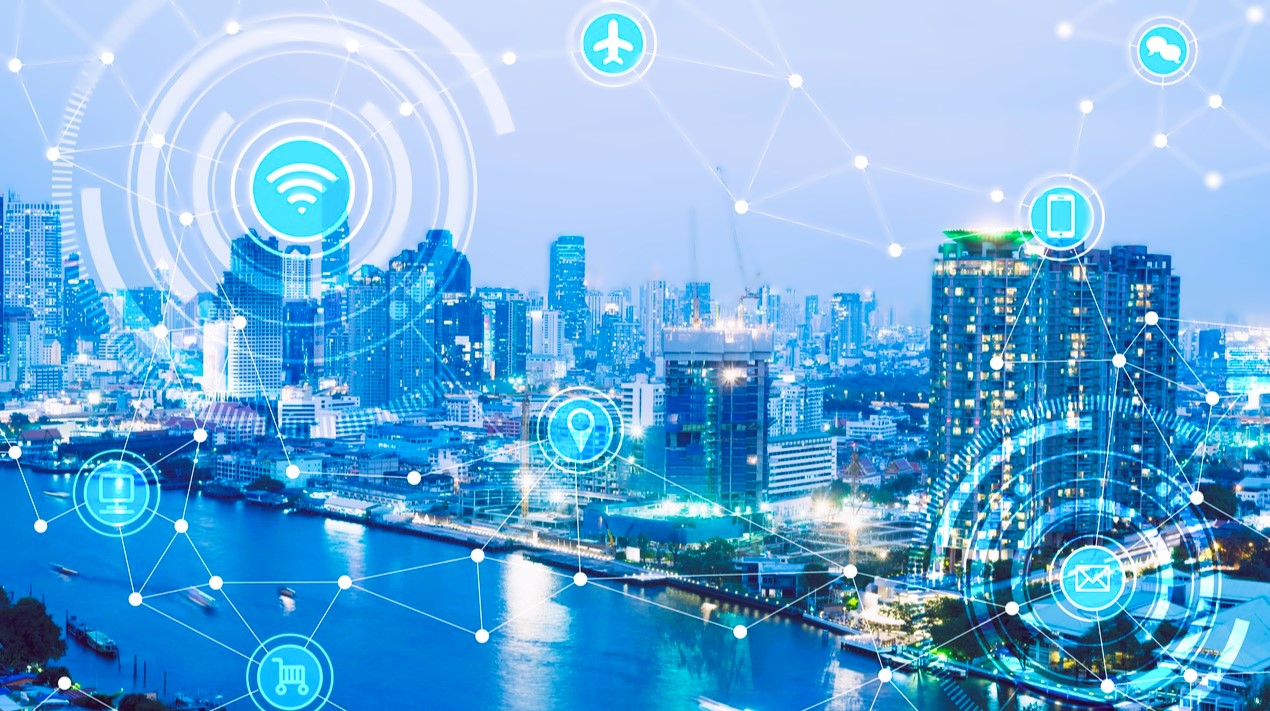
The Philippines embraces any cooperation that may aid the government’s digitisation attempts. President Ferdinand R. Marcos Jr. confirmed this at an open discussion at the World Economic Forum (WEF) in Switzerland, where he lauded his administration’s digitalisation initiatives and gains in bureaucratic efficiency.
Since security is a significant concern, President Marcos urges the development of a cybersecurity system for the government’s essential information. The administration has increased efforts to develop a cybersecurity system, a critical component of digitalising the bureaucracy. Moreover, local governments have stepped in to support the construction of digital infrastructure to increase internet connectivity for all Filipinos across the country.
“Local governments and some agencies would take the initiative and establish communication networks… As a result, everything must now be integrated and assembled. We’re also creating government databases, forming databases for the national ID, (and) putting it in place right away,” President Marcos Jr concluded.
Under the Department of Information and Communications Technology’s Broadband ng Masa and Free Wi-Fi for All projects, the current administration has enabled thousands of previously offline regions. President Marcos Jr met with members of the Private Sector Advisory Council on Digital Infrastructure on January 12 to discuss the council’s digital infrastructure work plan. He and the PSAC members discussed the future of the country’s digital infrastructure.
Senate Bill No. 383, also known as the Digital Transformation in Basic Education Act, has been issued to accelerate national infrastructure development for information and communications technology (ICT). The bill directs the National Telecommunications Commission to designate locations for telecommunications tower installation. Priority will be given to missionary areas that are yet unconnected, unserved, or underserved.
Vice President and Department of Education (DepEd) Secretary Sara Duterte also advocates for free internet in all public schools. The remark was made after she visited the Pinaglabanan Elementary School’s Free Fibre Optic Internet Connection and Free Wi-Fi Programme in San Juan City last month. She commended the city for effectively implementing the project, which aims to strengthen the city’s public education system through increased access to information technology.
The Department of Science and Technology will support DepEd and the Department of Information and Communications Technology under Gatchalian’s bill. The policy also aims to increase all schools’ ICT capacity to adopt distant learning and to propel the primary education sector into the Fourth Industrial Revolution.
President Marcos Jr also requested an update on the implementation of Republic Act 11934, also known as the Subscriber Identity Module Registration Act, and directed that the identification number system be digitalised so that it could be used for both public and private exchanges.
According to the Department of Information and Communications Technology (DICT), approximately 20 million subscriber identity module (SIM) cards have been verified with the country’s major telecommunication operators as of mid-January. According to DICT Spokesperson Undersecretary Anna Mae Yu Lamentillo, 20,551,294 or 12.16% of the country’s 168,977,773 active mobile users have been registered since the SIM card registration law went into effect on December 27, 2022.
“SIM Registration is being implemented alongside the Data Privacy Act. Data encryption is required. PTEs (public telecommunications enterprises) are required by law to ensure that end-user data is secure, encrypted, and protected at all times,” she explained.
Following its simultaneous compliance check on-site visits, the National Protection Commission (NPC) ordered the three PTEs to fix several data privacy “gaps” in their SIM registration. However, Naga stated that the three telcos have typically shown the capability in preserved the clients’ data. He does, however, advise telcos to upgrade and tighten their security procedures as information and communications technology improves.
















